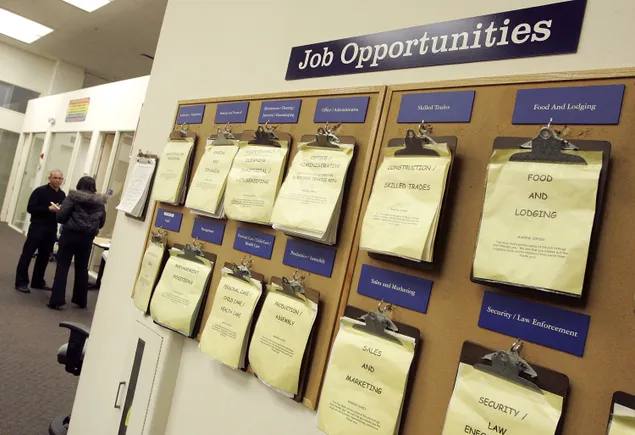Economic uncertainty is having broad, ripple effects across industries, driving layoffs, restructuring and more. It may also be influencing expectations for the employee value proposition, with a rising emphasis on financial wellness support.
While the 401(k) has long been the traditional employer-sponsored offering to support financial wellness, shifting economic conditions may be complicating matters, according to a study released last week by Bank of America. The organization found that employees are increasingly calling for support in paying off student loan debt and mortgages and building emergency savings.
Such resources are critical to retention, says Lorna Sabbia, head of workplace benefits at Bank of America.
The survey revealed that “almost a quarter of employees would consider leaving their job based on workplace benefits offerings,” Sabbia notes, which is a 15% jump from just two years ago.
The report, based on surveys of both employees and leaders, revealed a mixed bag when it comes to employee sentiment around their financial wellness: Overall, workers report relative optimism about their finances in the long run, but are less positive about the short term—and certain populations report disparate impacts.
When the research was first conducted in January, about 52% of respondents reported a sense of financial wellbeing; yet, in a supplemental survey in May, that figure fell to 47%.
An uncertain economic climate is undoubtedly on employees’ minds: The survey found more than three-quarters of respondents cited the current economic climate as a top mental stressor, far higher than daily workday stress and relational issues.
In the midst of a challenging economic landscape, growing employee debt could be influencing that stress: Eighty-five percent of those surveyed report carrying personal debt, while 45% said their debt has prevented them from building any emergency savings.
Women are more likely than men to report no emergency savings and that they live paycheck to paycheck. Meanwhile, men feel much more optimistic than women about their financial wellbeing—58% versus 41%—while older workers are the most likely age group to be satisfied with their financial wellbeing.
What can HR do?

While the majority of employers surveyed recognize the role financial wellness plays in retention, productivity, recruiting and driving employee satisfaction, less than half offer robust financial wellness programs. The percentage of employees who believe their company lives up to its responsibility to care for employees’ financial wellbeing dropped from 76% last year to 69% in 2025.
“Employees today are increasingly prioritizing workplace benefits and resources that help them achieve their near- and long-term financial goals,” Sabbia says. “Investing in your benefits strategy is imperative for attracting employees, reducing turnover and improving productivity.”
What resources are employees looking for? Education and guidance around retirement, building financial skills and measuring financial wellbeing top the list, according to Bank of America’s research. Closely behind—and at a rate that has doubled in the last two years—is financial help separate from the traditional 401(k), such as assistance with emergency savings, mortgages and paying for college. Another trend on the rise is the share of employees looking for help with student loan debt—which nearly tripled, from 5% to 13%, since 2023.
While employers surveyed cite cost as the top obstacle preventing them from offering financial wellbeing resources, they also told Bank of America that employees weren’t interested—highlighting the need for better communication, Sabbia says.
“Even amongst employers that do provide financial wellness resources, there’s often a disconnect in communication,” she says, noting this could prevent employees from being aware of and accessing their current offerings. “It’s critical for employers to not only offer these programs, but continually communicate their availability and value to employees.”






















